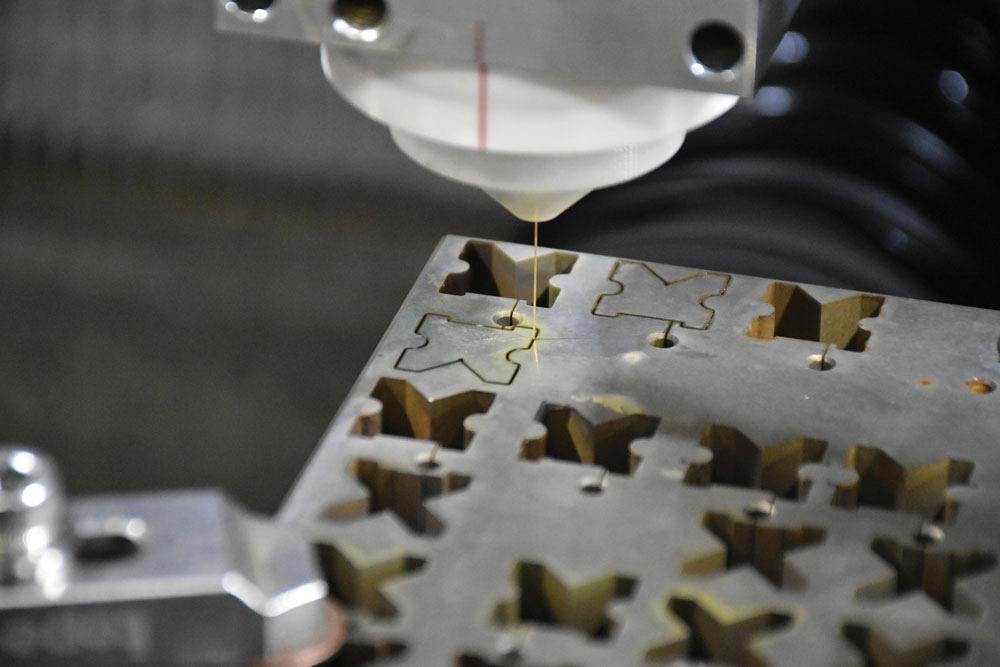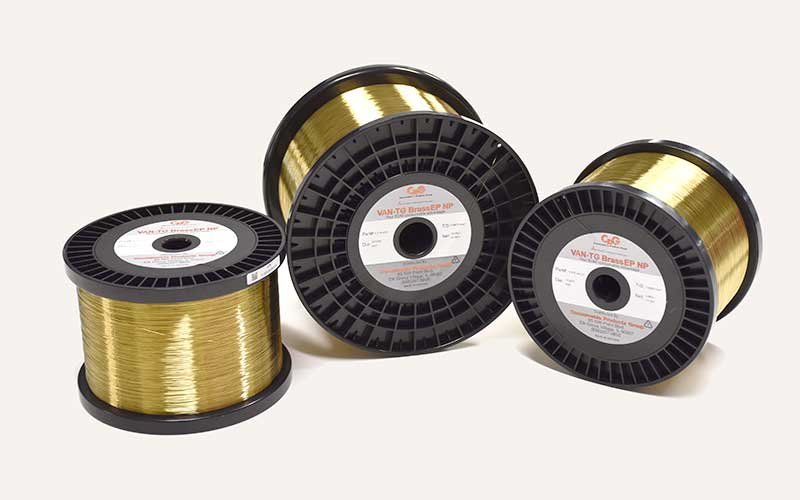What materials can be cut in the plasma cutting process?
In the plasma cutting process, various materials can be cut due to the process’s ability to cut any conductive material. Here are some of the most common materials suitable for plasma cutting:
Aluminum:
Aluminum, being a conductive metal, is well-suited for plasma cutting. This process can cut thicker aluminum more efficiently than other methods like laser cutting, handling thicknesses up to 160mm. Plasma cutting is also cost-effective for aluminum due to the lower cost of cutting and equipment.
Mild Steel:
Mild steel is a type of carbon steel with a low percentage of carbon, typically not exceeding 2.1%. Its desirable properties such as high impact strength, weldability, flexibility, and low cost make it one of the most common forms of steel.
Stainless Steel:
Stainless steel is an iron alloy known for its resistance to corrosion and rusting. Plasma cutting is an efficient method for cutting this metal, capable of handling thicknesses up to 30mm. Various grades of stainless steel, including 304, L304, 316, L316, 321, S310, and 317, are suitable for plasma cutting.
Brass:
Brass, another highly conductive metal, can easily be cut with plasma. However, since brass contains zinc, and burning zinc can produce harmful fumes, it’s advisable to cut brass in well-ventilated areas.
Copper:
Copper is known for its excellent thermal and electrical conductivity. It also has properties like corrosion resistance, high malleability, and weldability, making it an ideal metal for plasma cutting. Like brass, copper should be cut in well-ventilated areas due to potential fumes.
Cast Iron:
Cast iron is known for being inexpensive and flexible, containing elements like manganese, sulfur, phosphorus, and silicon. Its conductivity, high compressive strength, and low melting point make it suitable for plasma cutting.
Latest Articles in your inbox
Subscribe to our newsletter to get the newest manufacturing and industrial services articles in your inbox once a week.










